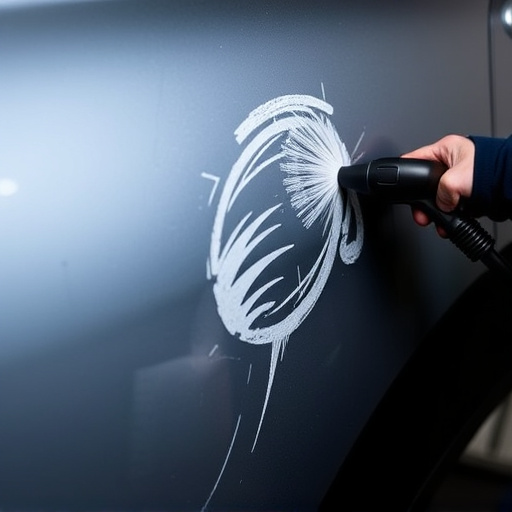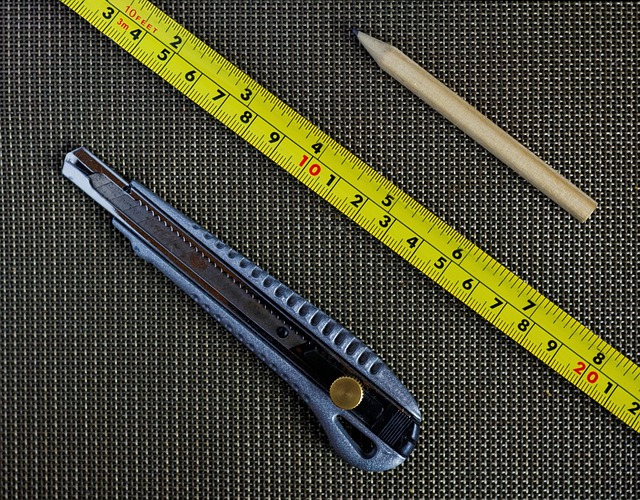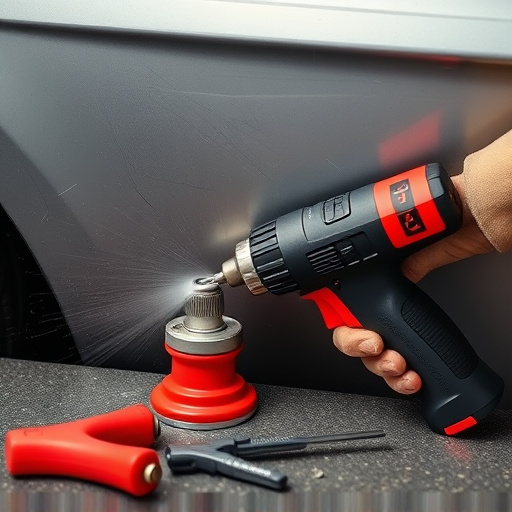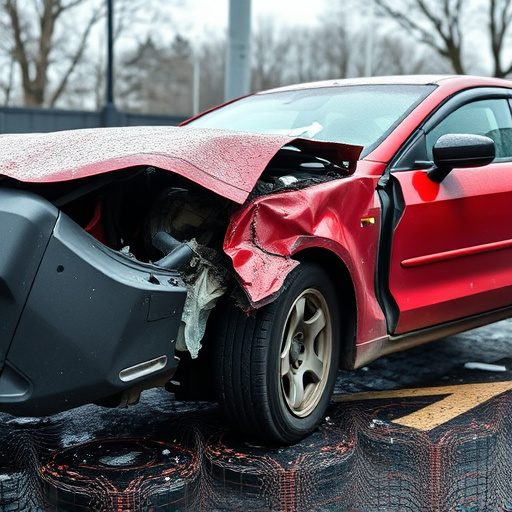Digital transformation has streamlined auto collision centers' repair approval process through advanced tools that digitize and centralize information, facilitate real-time data sharing, automate workflows, and reduce errors. These innovations cut processing times from days/weeks to hours, enhancing efficiency and accuracy. Transparent digital platforms replace traditional paper systems, improving communication between stakeholders, boosting customer satisfaction, and streamlining interactions for faster settlements and repairs.
Digital tools are revolutionizing the way we handle repair approvals, significantly enhancing efficiency across industries. This article explores how innovative solutions streamline the repair approval process, automating crucial steps for faster, more informed decisions. By leveraging digital platforms, stakeholders gain unprecedented transparency and communication, fostering trust and ensuring repairs meet expected standards. Discover how these advancements are reshaping the landscape of repair management, making processes more accessible, transparent, and effective.
- Digital Tools Streamline Repair Approval Process
- Automating Steps for Faster Approvals
- Enhanced Transparency and Communication in Repairs
Digital Tools Streamline Repair Approval Process
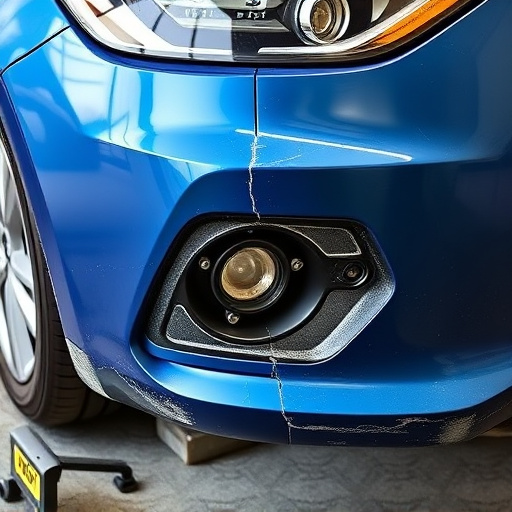
The digital transformation has brought about a significant change in how auto collision centers and auto body services manage their operations, particularly in the repair approval process. Traditional methods often relied on paper-based documentation and manual verification, leading to delays and inefficiencies. However, with the advent of advanced digital tools, this entire landscape is changing. These innovative solutions streamline the entire workflow, from initial assessment to final sign-off.
One of the key advantages is the ability to digitize and centralize all repair-related information. Classic car restoration enthusiasts and auto body shops can now access comprehensive documentation, including detailed images, repair estimates, and historical records, with just a few clicks. This real-time data sharing ensures that stakeholders, such as insurance providers and customers, are kept informed every step of the way. Additionally, digital platforms often incorporate automated approval workflows, reducing manual intervention and minimizing errors, making the entire repair approval process more swift and accurate.
Automating Steps for Faster Approvals
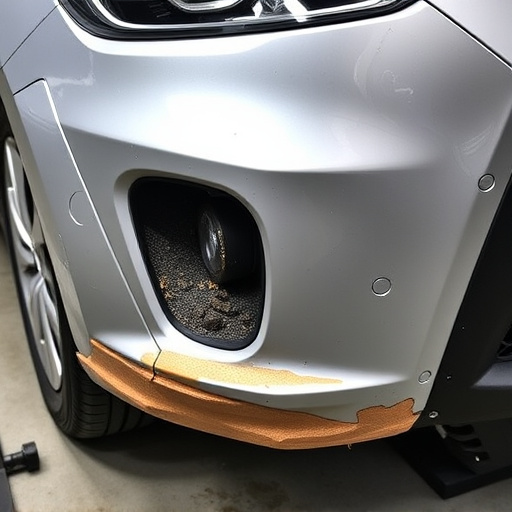
In the realm of auto repair, expediting the approval process is a game-changer, especially when dealing with time-sensitive issues like a fender bender or intricate classic car restoration. Digital tools have revolutionized this aspect by automating various steps involved. For instance, digital platforms can streamline the initial assessment by enabling mechanics to capture and upload detailed images of the damage or required repairs, eliminating the need for manual documentation.
This instant visualization allows for quicker comparisons and decisions, ensuring that auto maintenance tasks are approved promptly. Additionally, these systems can automatically generate reports based on predefined criteria, reducing the administrative burden on technicians and approval authorities. As a result, what once took days or even weeks to process can now be accomplished in a matter of hours, making the repair approval process more efficient and responsive.
Enhanced Transparency and Communication in Repairs
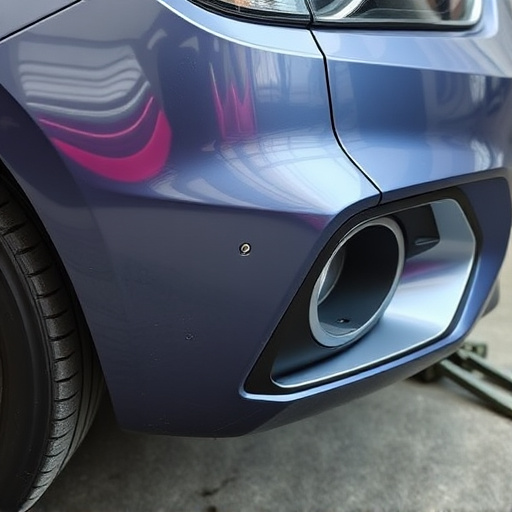
In today’s digital era, the repair approval process has witnessed a significant transformation, primarily driven by innovative tools that enhance transparency and communication in repairs. Traditional methods often relied on paper-based documentation, leading to delays and potential errors during the approval stage. However, with the advent of digital platforms, auto collision centers and automotive body shops are now equipped with efficient systems that streamline this crucial phase. These tools allow for real-time updates, enabling stakeholders—from insurance providers to customers—to access accurate information about proposed repairs, estimated costs, and turnaround times.
Moreover, enhanced communication through digital platforms facilitates better collaboration among various parties involved in the process. For instance, customers can receive detailed estimates and progress reports via email or text messages, eliminating uncertainties and fostering trust. Similarly, auto collision centers can more effectively communicate with insurance adjusters, ensuring smoother settlements and faster repairs, especially for tasks like dent removal. This level of transparency not only improves customer satisfaction but also enhances the overall efficiency of the entire repair process.
Digital tools are revolutionizing the repair approval process, offering significant efficiency gains. By automating tasks, improving transparency, and enhancing communication, these tools expedite approvals while fostering better collaboration among stakeholders. Embracing digital solutions is not just a trend but a strategic move for organizations to stay competitive in today’s fast-paced environment, ensuring smoother operations and happier customers.
